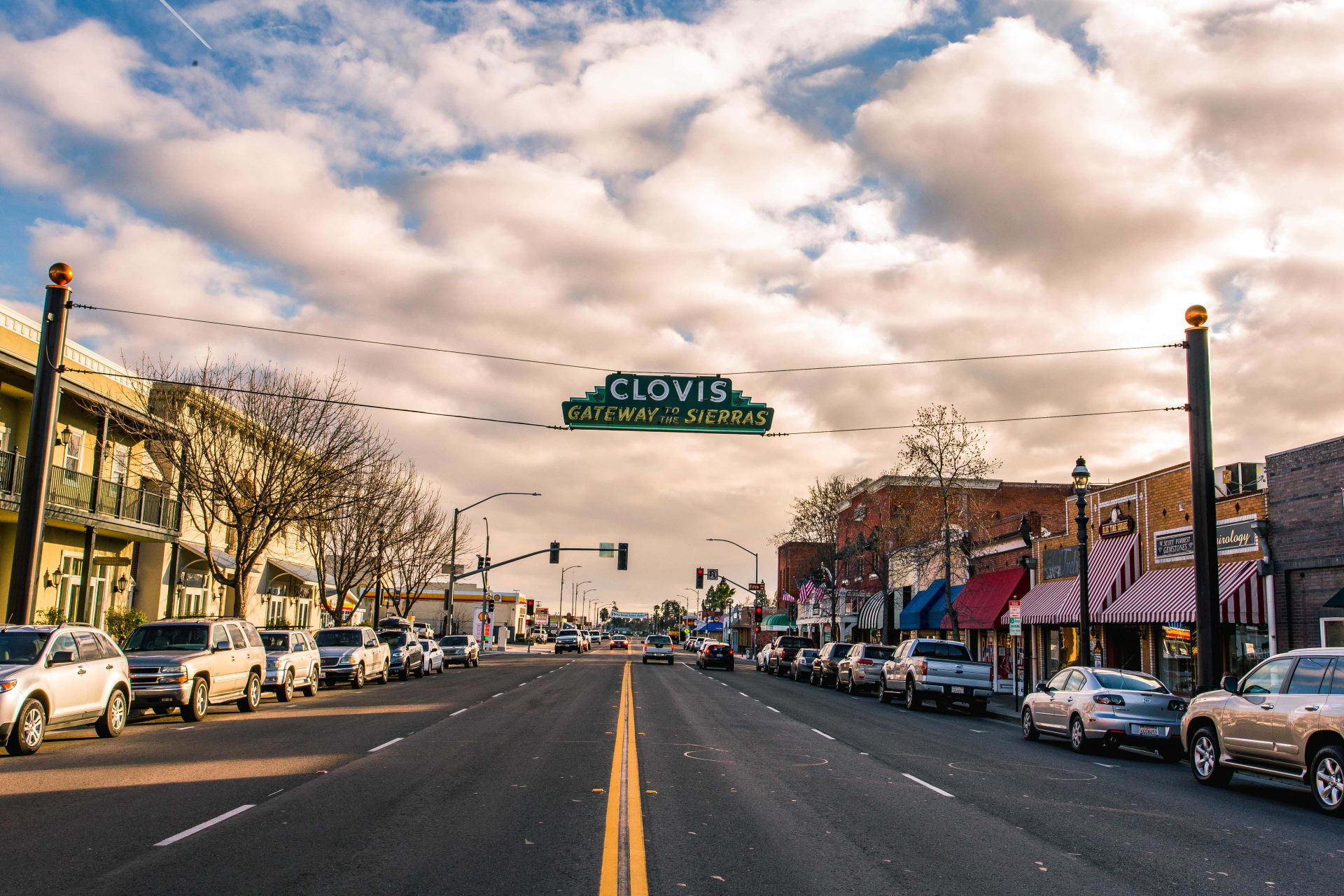
The 1849 California Gold Rush brought thousands to our Golden State. They created significant demand for food and lumber. The genesis of Clovis began with the pioneers that developed lumber mills in the Pine Ridge area of the majestic Sierra Nevada range and the wheat, cattle and sheep barons that arrived in the fertile foothills.
In 1854, James Hulttz was the first to establish a sawmill at Corlew Meadows, now Meadow Lakes, on Pine Ridge.
Brothers J.H. and J.N. Woods arrived in the Pine Ridge, located south of Shaver Lake, in 1866 and began manufacturing sugar pine shingles. The first phase of Tollhouse Road, known as the beast killer, was initiated by the Woods. They created a crude road from their base to Saver’s Peak. Saver’s Peak was named for an early Tollhouse settler by Sierra surveyor Josiah Witney.
The Woods hired Indians to hand carry their shingles from Saver Peak, an additional 1,000 foot drop, to the valley.
Joseph Betz established his saw mill in 1875. Three generations of his family would continue that tradition.
In 1878, Fresno County purchased the Tollhouse Road for $5,000. They would construct a new road in 1922. The four-lane section of Highway 168 that bypassed Tollhouse Road was constructed in 1963.
It was costly and dangerous to transport lumber down the early Tollhouse Road. In 1891, the Fresno Flume and Irrigation Company was organized by C.B. Shaver and his brother-in-law Lewis Swift. Shaver Lake was created by “damming” up Stevenson Creek. A sawmill and camp were established.
The flume would arrive in Clovis in 1893, and at its peak, production would provide 400 jobs. The flume ended at what are now the Clovis Rodeo Association grounds.
Farming and ranching also played a significant role in the development of Clovis.
In 1863, Jesse Blasingame arrived and would eventually secure 12,000 acres in the Big Dry Creek (Academy) and Friant area.
1866 was the year that the pioneers in the Big Dry Creek area petitioned for a school district to serve their 12 children. Large families were the norm, and the Fancher School District at Watt’s Valley & Pittman Hill Road was formed in 1867. The Mississippi School District was established at the J.M. Heiskell ranch in 1869.
Van Buren Cobb arrived at Cobb Island on the San Joaquin River in 1868. Frances Estill arrived in the Big Dry Creek area in 1869. Third and fourth generations of those families continue to live in the Clovis area.
David Cowan Sample Sr. (1849-1929) arrived at the Big Dry Creek area in 1868; he eventually owned 18 sections of 640 acres each on the plains and in the foothills. He farmed land along Dry Creek.
Steve and Ira Stroud built a horse race track on the Sample ranch in 1870. We believe it was the first race track in this area.
Clovis Cole, 16, would join his father Stephen Cole in 1872 at their homesteaded 320 acres at the Red Bank area, now Shaw Avenue. Clovis’ father wanted him to haul lumber from the mountains, but Clovis chose the life of a rancher. He eventually became the “Wheat King” of the United States, mostly dry farming 50,000 acres.
In 1891, Clovis and Elizabeth Cole sold a square acre of land for $4,000 of gold coin to Marcus Pollasky for the extension of the San Joaquin Valley Rail Road from Fresno to Rootville (Friant). The depot east of the intersection of Clovis Fourth was named Clovis. The name was retained when Clovis was incorporated as a city in 1912.
Our first Clovis merchant, R. E. L. Good, moved his store from the Tarpey Depot to the southwest corner of Fulton (now Clovis Avenue) and Fourth in 1895. His trade area extended 25 miles north and 50 miles east.
In 1930, the Clovis Chamber of Commerce erected the now famous “Clovis the Gateway to the Sierras” sign that still graces Clovis Avenue. It serves as a reminder of our rich heritage.









